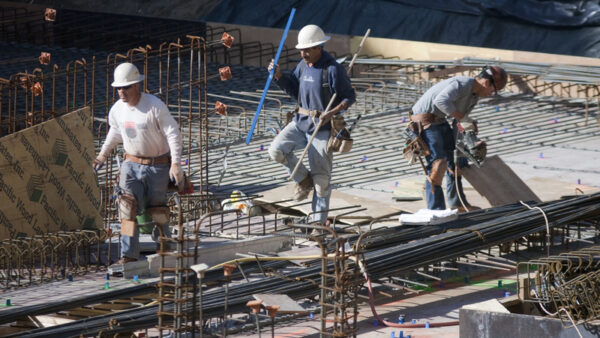A report by the United Nations has warned of the growing threat posed by ageing dams to populations living downstream from them.
It says that most of the world’s 58,700 large dams were constructed during the “dam revolution” that took place between 1930 and 1970, and have a design life of 50 to 100 years.
By 2050, most people on Earth will live downstream from one of these dams.
Roughly half of all rivers are affected by one or more dams, and the volume of water stored behind large dams is estimated to be enough to cover 80% of Canada’s landmass in a metre of water.
“These aged structures incur rapidly rising maintenance needs and costs while simultaneously declining their effectiveness and posing potential threats to human safety and the environment,” the report says.
Dam failures can threaten very large numbers of people. Heavy rainfall in southern Africa triggered fears of a catastrophic water release from the Kariba dam on the Zambesi (pictured), raising the prospect of the emergency evacuation of 50,000 people.
Dam failures affecting densely populated Chinese and Indian river valleys would run into the millions.
Countries faced with large, ageing dams have to choose between upgrading or decommissioning them, with removing the dam being the cheaper option by “an order of magnitude”. However, the report notes that many countries have not begun to address the issue.
The report also notes that relatively few large dams have been decommissioned to date, so there is not a good understanding of the engineering and social problems that need to be overcome.
The issue of lots of dams all passing their design life at the same time is being exacerbated by global warming, which can accelerate a dam’s ageing process. For example, increased rainfall can cause upstream erosion and increase the amount of debris and silt flowing into dams, causing faster sedimentation that was originally expected.
Good maintenance can extend the life of a well-built dam for 100 years without problem, but many of today’s large dams were built before the risk of the climate change were understood.
The issue is a particularly pressing for four Asian countries, which together have 55% of the world’s large dams. These are China – which 23,841 large dams, 40% of the global total – as well as India, Japan and South Korea. Most these countries’ dams will cross the 50-year threshold relatively soon.
The report titled “Ageing Water Infrastructure: An Emerging Global Risk”, was produced by the UN’s Canada-based Institute for Water, Environment and Health.
Image: The Kariba Dam’s reservoir contains 185 cubic kilometres of water, the world’s largest. (Rhys Jones/CC BY-SA 2.0) https://creativecommons.org/licenses/by-sa/2.0/
Further reading:
Big-dam craze threatens developing world, researchers warn
Laos to press on with controversial $2.3bn Mekong dam
Hundreds missing as dam under construction bursts in Laos
Â
Â
Â






